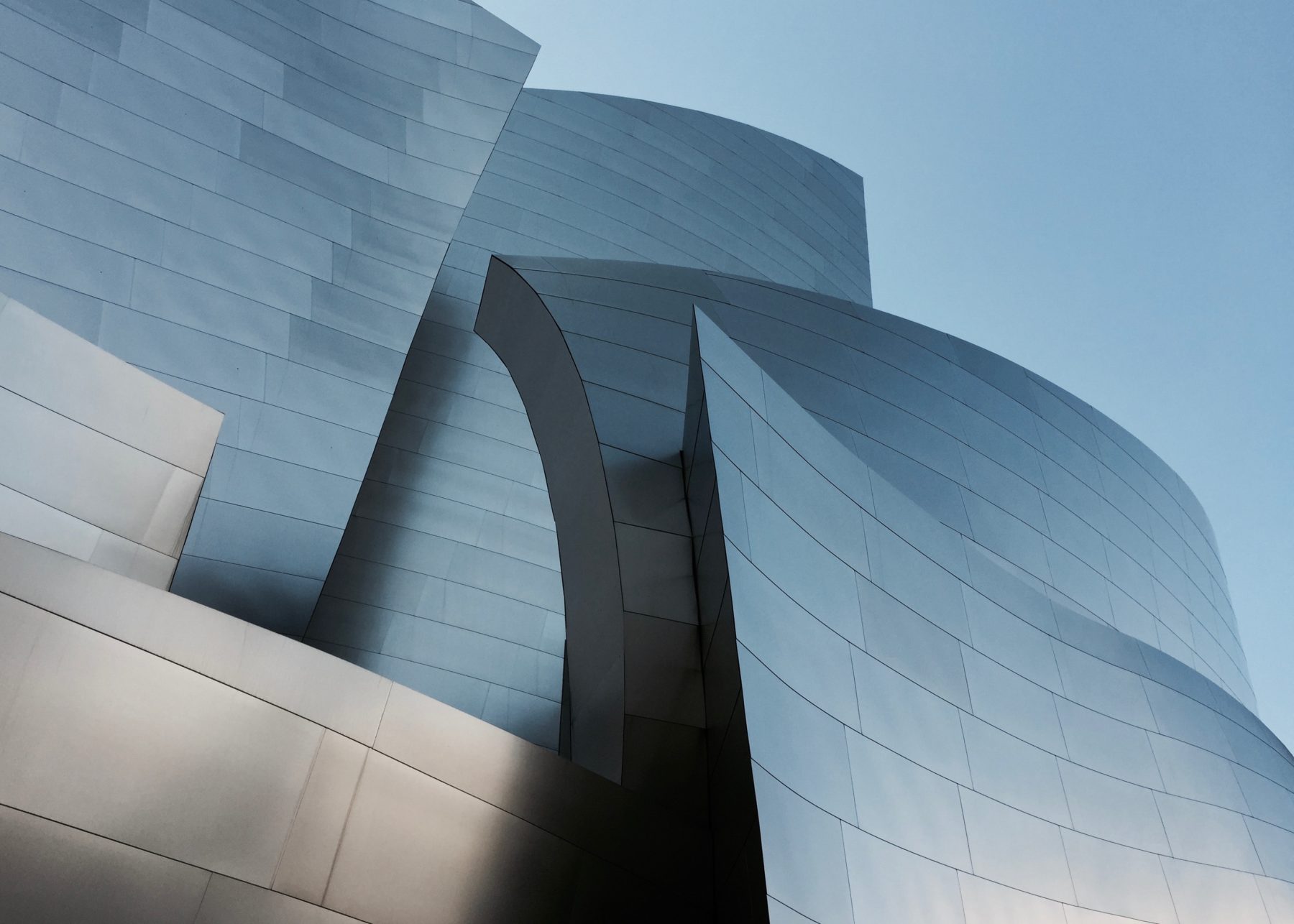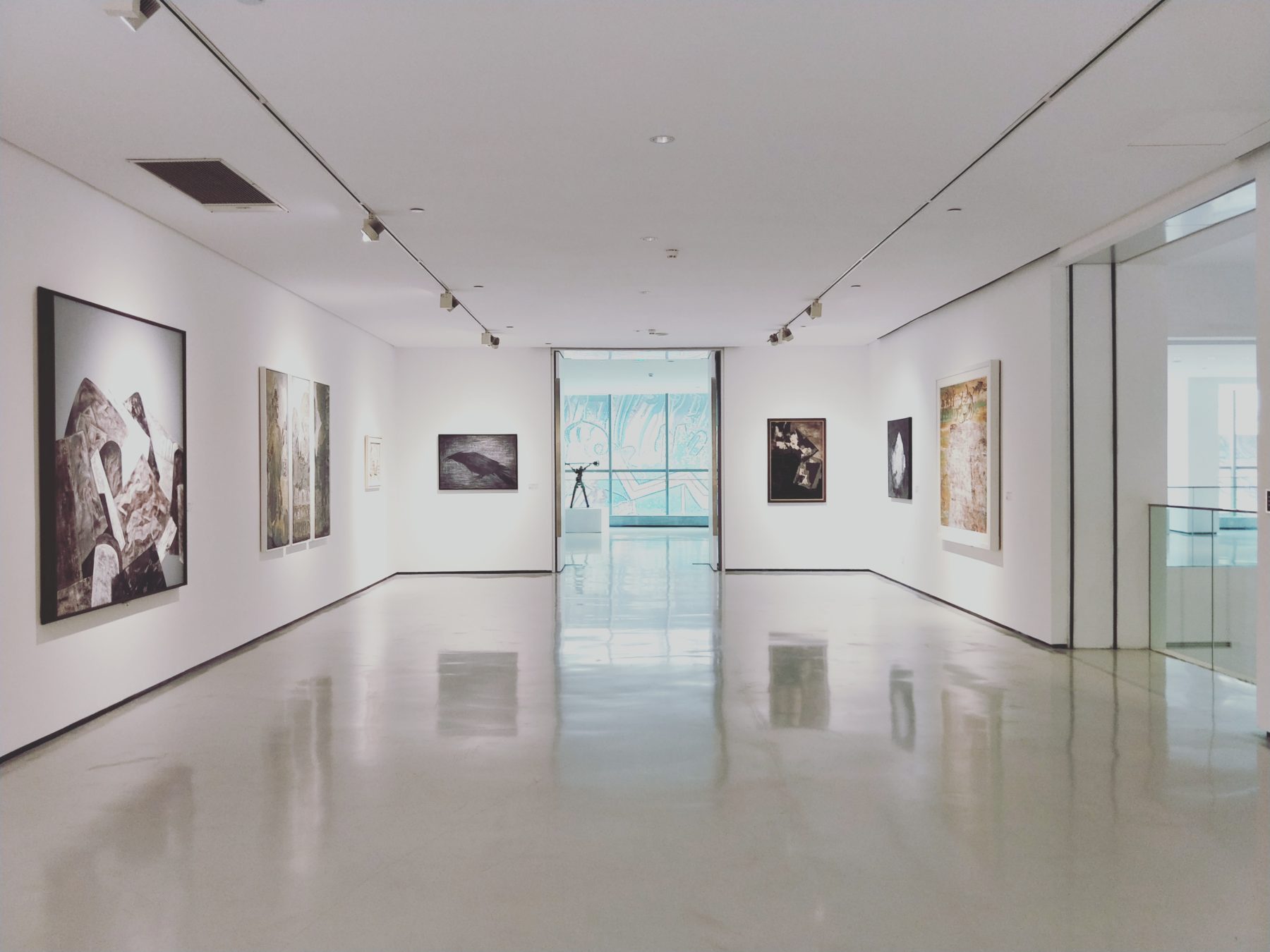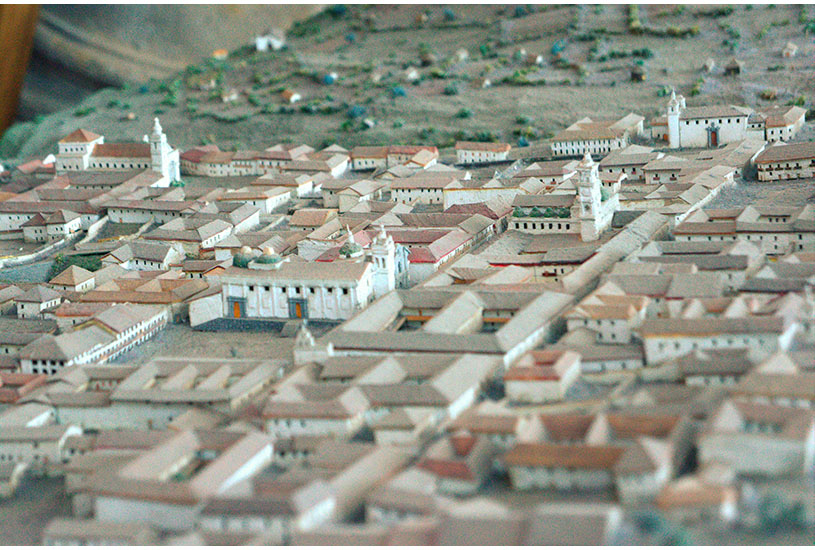Straddling the line between design and legal testimony, Forensic Architecture is drawing attention to human rights violations.
When we think of digital models and virtual reality, it’s likely that images of animation and video games spring to mind.
But at Forensic Architecture – a research agency based at Goldsmiths University – 3D models are used as evidence of human rights violations and the destruction of culturally significant heritage sites.
Associate research fellow Dr Antonio González Zarandona, from Deakin University’s Alfred Deakin Institute for Citizenship and Globalisation, has worked on some of their recent projects – including an investigation into the destruction of lands significant to the Indigenous Mapuche people in Argentina.
Putting evidence into context
‘Forensic Architecture’ is both a research agency and an area of enquiry, one relatively new to the architectural and heritage fields.
The agency takes on investigations that specifically deal with human rights or environmental issues.
In each case, the claims are not being adequately addressed by the state in which they took place. In some cases, it is the state itself that is behind the atrocities.
There also needs to be an architectural or spatial element that the agency can engage with.

They then collect various forms of data about the incident – such as images and videos – which are used to create a digital model of the place where the incident occurred.
Inside the model, photos and videos can be put into context. Cones of vision are established, clearly demonstrating what is located inside the frame, and what has not been captured.
This helps investigators to understand where in the space that picture was taken, or the path that the person filming on their phone travelled.
It gives them a clear sense of what is known, and what is unknown, about the incident.
These models have been featured across reputable journalism.
In October 2019, the Guardian published a story on the effects of fracking on Vaca Muerta – a geologic formation and ancestral homeland of the local Mapuche community – in Argentina.
The story used digital models to demonstrate the overlap between land owned by the Mapuche community, and land supposedly owned by oil and gas companies.
Dr González Zarandona, funded by a fellowship from the British Academy, was involved in the investigation, having had experience geolocating sites using satellite images on a previous project.
Each day, 500,000 litres of toxic waste had been collected from fracking sites. They were then stored in such a way that they risked contaminating the local water supply.
As well as violating local regulations, the fracking operations triggered a sustained loss of vegetation in the area, impacting the Mapuche community’s traditional way of life.
“The project could not have been timelier. For the last decade, Vaca Muerta has been destroyed by gas companies.”
The investigation was able to prove that fracking had impacted the livelihood and traditions of the Mapuche people.
From the courtroom to the London Biennale
Because they’re created as part of a legal investigation, the models are often presented in courtrooms, UN assemblies and citizen’s tribunals. But they’ve also been known to show up in gallery spaces and design biennales.

One such exhibition is Maps of Defiance, which was presented at the London Design Biennale in 2018 and La Triennale di Milano in 2019, among other events.
The exhibition detailed the destruction of cultural heritage significant to the Yazidi people, an ethnic minority of Iraq.
A series of mausoleums were destroyed in the Sinjar region during the August 2014 genocide perpetrated by the so-called Islamic State.
Maps of Defiance was commissioned by Yazda, a not-for-profit organisation that seeks to prevent future genocides against the Yazidi community and other minorities.
Dr González Zarandona said that the installation was particularly groundbreaking, as it not only communicated the story of the war crimes, but also documented how the exhibition was created.
“It detailed the different methods that Forensic Architecture used to document the destruction and create the models.
For instance, to digitally reconstruct the mausoleums, we collaborated with Yazidis who were trained in digital photogrammetry.
“In this way, viewers were not only informed about the cultural genocide at the hands of the Islamic State, but they could also learn how to put such an exhibition together.”
Dr González Zarandona says that presenting their models in cultural institutions has allowed for a greater awareness of human rights violations, as well as blurring the line between design and evidence.
“This type of evidence was usually restricted to a legal context. Forensic Architecture, however, has brought to these curated spaces abuses of human rights that we do not usually see in these contexts.”
The importance of imagination
In the forensic architecture field, practitioners seek to document and archive lost histories. This is based on evidence and data. Facts.
But they also need to speculate and use their imaginations in order to fill in the gaps.

Dr González Zarandona says that these skills play an integral part when piecing together a past event.
It’s a bit like when wars were reimagined by poets who were nowhere near the battlefield, or when historical events were depicted in paintings years after the fact.
These qualities have spilled over into investigative journalism: reporters need to retell past events in a way that is accurate and will make their audience care about it.
In order to recreate something that you did not experience, you inevitably need to use your imagination to make informed guesses.
Dr González Zarandona says it’s that picture we create in our heads, as well as the digital models, that allows us to connect with these events.
“We live in such a visual age where people are constantly inundated with images. By creating a visual scenario of what may have happened, people react differently than if they were told about the event orally.
“In our century, imagining may erase the doubt that speculating casts on our minds, providing us with a visual aid to see what happened.”



